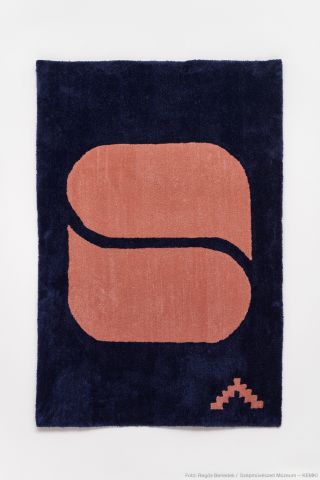‘public space’
- « previous
- 1
- 2
- next »
GRÓF Ferenc – GYENES Zsófia: (Dis)organigram – State Gallery Company, 2022
… of selling the works of its contemporary artist members, the Art Fund of the Hungarian People’s Republic established the Gallery Company (Képcsarnok Vállalat), with its own exhibition space (several in Budapest, and one in nearly every large city in Hungary). Until the 1980s, the Gallery Company monopolised the Hungarian Art world. The Gallery Company held regular solo exhibitions and other art events at its venues, and had weekly jury panels for evaluating and purchasing the submitted works …
GRÓF Ferenc – GYENES Zsófia: (Dis)organigram – Studio of Young Artists, 2022
… even though the exhibited material had to be approved by the Art Fund of the Hungarian People’s Republic (the organisation that maintained the Studio) and the Lectorate of Fine and Applied Arts (which ensured state-level supervision of its operations). Nonetheless, the Studio’s exhibitions, and especially its annual shows held at the Ernst Museum, constituted important events on the contemporary scene. After the change in regime, in May 1990, the FKS became the Studio of Young Artists’ …
GRÓF Ferenc – GYENES Zsófia: (Dis)organigram – Studio of Young Artist and Designers 2022
… was founded in October 1982 as a member organisation of the Art Fund of the Hungarian People’s Republic. From its establishment, it had six departments: interior design, industrial design, applied graphics, textiles, silicate industry and silversmithing. Their first exhibition was held in 1984 at the Ernst Museum; their own exhibition space was opened at 16 Kálmán Imre Street. After the change of regime in 1990, the FIS became a public benefit association and changed its name to Studio of …
From the Archive of the Lectorate for Fine and Applied Arts: Documents on Public Art
… Arts, founded in 1963, was the coordination, judging, and authorisation of community-oriented public artworks for public spaces and public institutions, using the state budget allocated for this purpose. The Lectorate appointed the artist whose public artwork would be permanently installed. It was also responsible for judging the finished piece, determining the amount the artist was to be paid, and authorising the installation. In 1991 the capacity to authorise the instalment of public …
Archives of the Lectorate of Fine and Applied Arts
… for Art History (ADK). The main portion of the Lectorate’s Archives consists of documentation of public works of art (together with the associated photographic material). The rest of the material is comprised of other documents, including a larger collection of official papers—which were transferred to the Lectorate in 1976—related to the organizational operations and professional activities of the Council of Applied Arts. Furthermore, the archives also contain documents related to the …
- « previous
- 1
- 2
- next »




